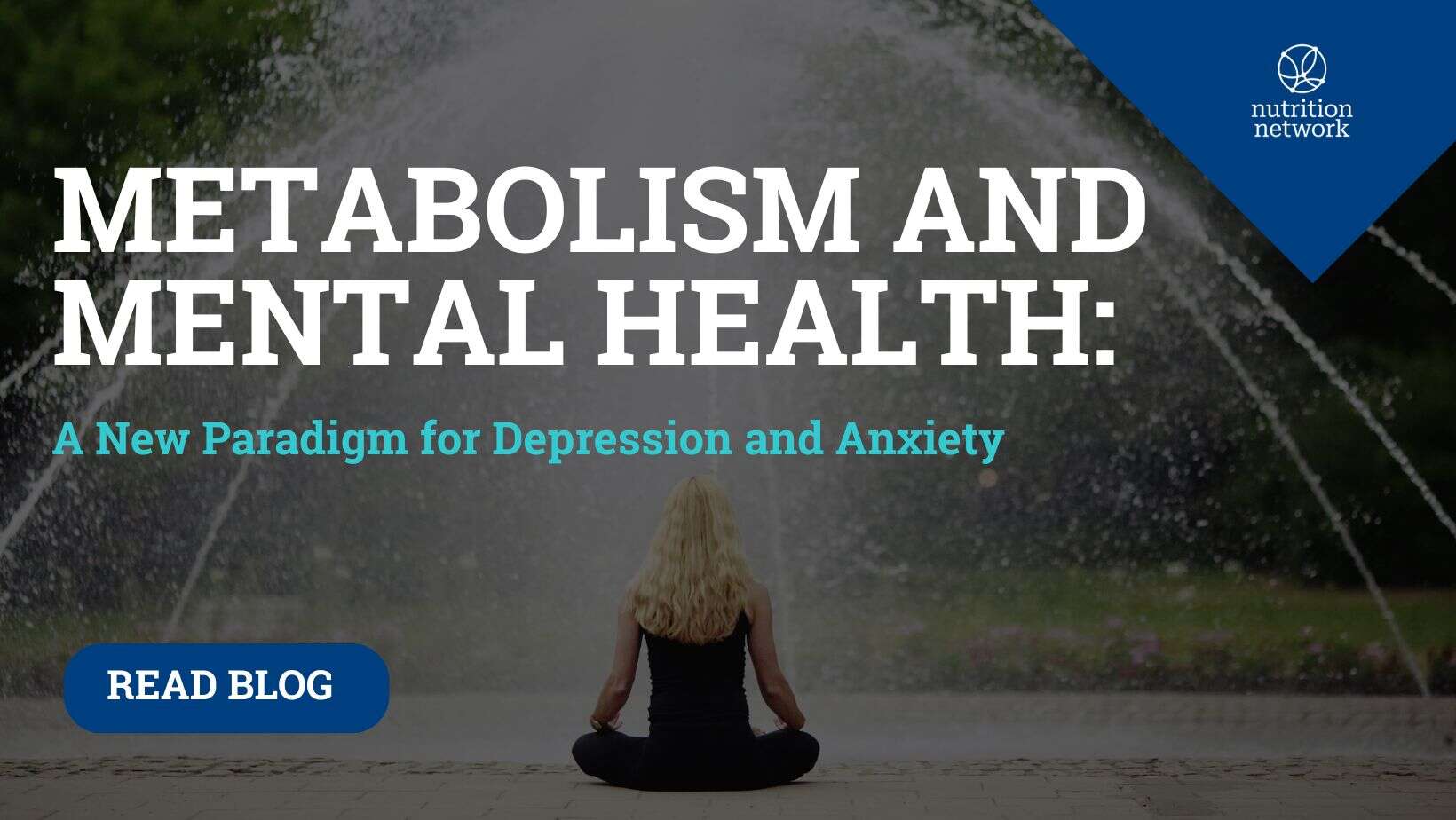Inspired by the Live Discussion Featuring Dr. Hassina Kajee, Peter Cummings, and Franziska Spritzler. Together, they explore how tools like continuous glucose monitors (CGMs), ketone testing, HRV trackers, and wearable devices are transforming the way we understand, track, and treat metabolic dysfunction—long before it manifests as disease.
“What’s really going on with driving health is happening moment by moment in our patients’ lives.” — Peter Cummings
In an era where chronic disease is on the rise and conventional healthcare is often reactive rather than preventative, a quiet revolution is unfolding led not in the doctor’s office, but in the living room, on the wrist, and through a finger prick.
Welcome to the future of metabolic health, where remote monitoring, real-time data, and personalized interventions are taking center stage.
The Limits of Snapshot Medicine
Traditional medicine gives us brief windows into a patient’s health an annual checkup, a lab test every few months, a symptom report that’s often retrospective.
But as Dr. Kajee points out, “What is more powerful than the time in your office doesn’t come from that doctor’s room, it comes from your patient’s own living room.”
Peter agrees: “We don’t wait until the patient comes in and we find out they gained weight and their A1C is higher than it was three months ago. We can now see what’s going on day-to-day from their glucose variability, their sleep patterns, their activity levels and talk to them in real time.”
Remote monitoring flips the healthcare model on its head. It allows providers to move from a reactive to a proactive stance, catching early metabolic dysregulation and guiding the patient back to health before progression occurs.
Empowering Through Data: Glucose, Ketones, and CGMs
At the core of this new model is accessible, continuous tracking of key metabolic markers—especially blood glucose and ketones.
Franziska Spritzler, who delivers four core lectures in the Mastering Metabolic Metrics course, emphasizes the shift from occasional clinic visits to empowered daily self-tracking:
“There’s a big difference between seeing people every few months and actually being in touch with them every day. You can intervene early, before it becomes a bigger issue.”
One of the most valuable tools in this landscape is the Glucose Ketone Index (GKI), a simple ratio developed to monitor therapeutic ketosis in conditions like brain cancer but increasingly used in psychiatry and general metabolic optimization.
“The lower the GKI, the more the brain is using ketones relative to glucose. For glioblastoma, the goal is close to 1. But even a GKI under 6 has been associated with remission in patients with major depression,” says Franziska.
For practitioners and patients alike, it’s an eye-opening way to visualize metabolic shifts in real time and to link behaviors directly to outcomes.
Real-Time Coaching, Real-World Results
Peter, a seasoned coach with over 30 years in health and human performance, draws a compelling analogy between coaching athletes and guiding metabolic patients:
“In U.S. football, we talk about ‘Monday morning quarterbacking’ analyzing what went wrong after the game. But remote work is live in-game coaching. We’re in the ear, helping patients make adjustments in real time.”
And those adjustments matter. As Peter shares, something as small as a 40 mg/dL glucose spike post-meal can become a teachable moment: “We can ask what did you just eat? Let’s not wait three months. Let’s address it now.”
This timely feedback loop creates rapid wins helping patients build self-efficacy and stay motivated.
Demystifying Devices: From Burnout to Balance
With all the talk of devices, metrics, and data, it’s natural to wonder does this become obsessive? Does self-monitoring lead to burnout?
Franziska is clear: personalization is key.
“Testing burnout is real. But it depends on the person and their goals. At first, more frequent testing helps establish what works. But over time, they can taper to periodic check-ins especially when symptoms arise or lifestyle factors change.”
Dr. Kajee adds a reminder: “Behind all of this is a human being. Someone juggling work, relationships, self-care. Let’s not forget that.”
This holistic view is crucial. Metrics must serve the person not the other way around.
Timing Matters: The Dawn Phenomenon and Smart Testing
One common pitfall? Testing too early in the morning.
“Don’t test immediately after waking,” warns Franziska. “The rise in cortisol and growth hormone can temporarily raise glucose and suppress ketones. It doesn’t reflect your true metabolic state.”
Instead, she recommends testing 30 minutes to 2 hours after waking adjusted to the individual’s insulin sensitivity.
To find the optimal testing window, Franziska suggests a three-day experiment:
- Test at 30 mins, 1 hour, and 2 hours post-wake
- Observe when glucose begins to drop and ketones rise
- Use that timing as your personalized baseline
This approach prevents unnecessary worry and sharpens the clinical picture.
From Illness to Prevention: Reaching the “In-Between” Population
Dr. Kajee highlights the urgent need for a paradigm shift:
“Traditional care still waits for a patient to become diabetic, hypertensive, on medication. But there’s a global population pre-diabetic, metabolically unwell, but not yet sick who are slipping through the cracks.”
This is where tools like CGMs, wearable trackers, and the GKI shine. For those determined to prevent disease, these devices act as a daily check-in, a feedback system, and ultimately, a source of empowerment.
And the results speak for themselves. Peter shares:
“My clients are often shocked that within a week of behavior changes, their hunger disappears. They start time-restricted eating. Their blood sugar flattens. Success builds momentum.”
Supporting Sustainable Behavior Change
Behavior change isn’t just about numbers it’s about meaning.
Peter emphasizes the need for personalization: “I use whatever device they’re willing to use. But more importantly, I help them tie that device data to their behaviors how it connects to hunger, sleep, stress. It’s about helping them understand their condition.”
This partnership, he argues, is where the real transformation happens. It’s no longer top-down advice—it’s collaborative care.
Making It Real: Starting Small with Remote Monitoring
So what if you’re a busy practitioner wondering how to integrate this into your workflow?
Start simple.
“You don’t need every device on day one,” says Peter. “If your patient has diabetes, start with a CGM and a scale. If it’s heart failure, add a blood pressure cuff. Tailor your tools to your practice.”
And if time is limited? Collaborate.
Peter works as auxiliary staff for various physicians, offering remote exercise prescription and monitoring on either a billable or concierge basis. The possibilities are flexible—and scalable.
Keto-Mojo and Continuous Care
Franziska also explains how the Keto-Mojo ecosystem fits into this model:
- Dual glucose and ketone meter with one drop of blood
- MyMojoHealth app for patients to track and visualize their data
- Free practitioner portal to view patient data in real-time
- Integration with hospital EMRs and exportable reports
“It’s like gamifying metabolic care,” Franziska says. “Patients love seeing their trends—and it helps them stay engaged.”
Tracking with Purpose: From Metrics to Metabolic Flexibility
Ultimately, the goal isn’t just to see lower numbers it’s to build metabolic flexibility.
“If someone eats a bit more carbohydrate, can they bounce back into ketosis within three hours?” Franziska asks. “That’s a marker of flexibility. But I also look at how they feel. Numbers matter but so does quality of life.”
If testing reveals sustained difficulty, she explores deeper factors like hidden infections, stress, or hormonal changes. Again, it’s all about personalization.
The Takeaway: This Is the Future of Metabolic Care
As Dr. Kajee closed the discussion:
“These devices give power back to the client. That’s where we want to be as partners in care, using personalized data to deliver meaningful, sustainable results.”
The Mastering Metabolic Metrics training was created to help clinicians do just that.
Ready to Join the Movement?
Whether you’re already certified in therapeutic carbohydrate restriction or just beginning your journey, this course will:
- Teach you how to interpret real-time data
- Help you personalize interventions
- Sharpen your clinical judgment
- Equip you with the tools to practice continuous care
💡 The training launches end of July. Don’t miss it.
Visit: Mastering Metabolic Metrics
Start tracking smarter.
Start treating earlier.
Start transforming lives.









